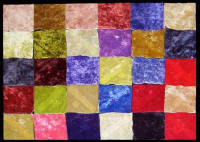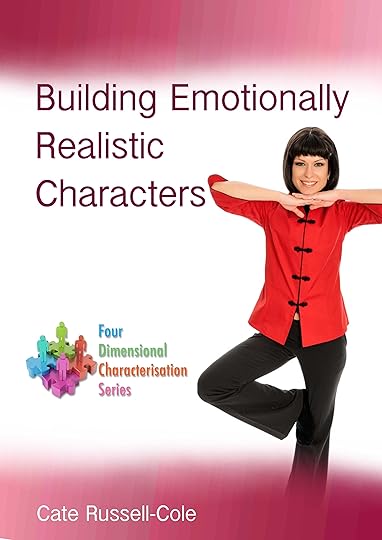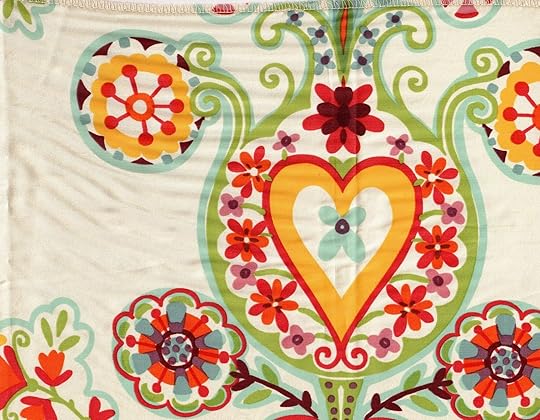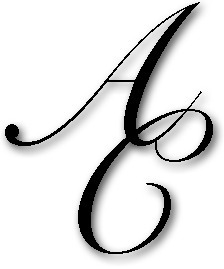What is Four Dimensional Characterisation?
Before I began teaching, I became a social worker. One of our lecturers gave us a sound piece of counselling advice that is also a brilliant tool in writing about fictional or real characters. ‘People behave in patterns. Look for the patterns, then you can start to understand what drives them.’ Identifying patterns helps you see their weaknesses, strengths and what genuinely makes them tick.
Characters appear not just in works of fiction. If you are writing an autobiographical or family history piece, describing people you know using characterisation techniques will make them come alive in the reader’s mind, assisting the reader in relating to the person you’re talking about, even if that person is you!
People are at least four dimensional. We have our three dimensional physical form, which you can describe in terms of:
How people look: hair, eye colour, height, preferred clothing.
Mannerisms such as sitting a certain way, nodding frequently when listening, nervous habits.
How they smell: do they regularly use tobacco, cook with garlic or use a signature cologne.
What their voice, cough, sneeze, singing or laugh sounds like.
Problematic or distinctive characteristics such as oily hair, dry skin or uneven ears.
The fourth, and mostly unseen dimension, is their positive or negative life experiences that replay in their subconscious mind, motivating their behaviour and driving their emotions. This dimension is what produces most patterns and most people don’t even realise that they exhibit these patterns or what is really behind them. As a writer, this gives you a great plot line as your characters can either find themselves or get more lost along the way. You have more room for explorative narratives.
 So what kind of patterns can you build into a character, or use to drive a storyline? You have a choice of positive and negative patterns. It is easy to limit your characters and bias your writing by placing the focus on negative behaviours. You can limit them to being the serial womaniser; the bully; the shy person; the issue avoider; the addict; the co-dependent; the unlucky in love or the self destructive. Try and also consider people’s strengths: confidence in their ability in a specific area; kindness towards strangers or animals; a belief one day they will make it no matter what; love of family; strong faith or intuition; determination; emotional stability. What do they value the most? What will they fight to achieve? That way you will have a more balanced personality and more avenues to explore in your storyline.
So what kind of patterns can you build into a character, or use to drive a storyline? You have a choice of positive and negative patterns. It is easy to limit your characters and bias your writing by placing the focus on negative behaviours. You can limit them to being the serial womaniser; the bully; the shy person; the issue avoider; the addict; the co-dependent; the unlucky in love or the self destructive. Try and also consider people’s strengths: confidence in their ability in a specific area; kindness towards strangers or animals; a belief one day they will make it no matter what; love of family; strong faith or intuition; determination; emotional stability. What do they value the most? What will they fight to achieve? That way you will have a more balanced personality and more avenues to explore in your storyline.
If your character has been through a particular life experience, do a little research into the psychology behind it. It will assist you in building in personality traits and behaviour patterns which make them realistic. For example, on the “My Way Out” web site, Mario is talking about the patterns of behaviour you see in adults who come from families which were neurotic or alcoholic. He identifies six dominant behavioural patterns: the caretaker, people pleaser, martyr, workaholic, perfectionist and stump.

Peace Sign fabric by Alexander Henry
While those roles may look like cliches or stereotypes, many times it is the common attributes of people who have lived through these situations that give rise to those images, so you can’t always write them off as overused. Again, look for positive traits as well. The traits of a survivor pull people through their past and present challenges. They are strong motivators which can fuel heroes and heroines, including the every day kind who aren’t overthrowing evil or slaying dragons.
This post was the inspiration for the book “Creating and Resolving Conflicts in Fiction,” the first book in the Four Dimensional Characterisation Series. This book will give you an insight into simple psychology that can be used to build characters and plot lines. It’s an easy, non technical read that will assist you in making your characters realistic, unique and believable. “Creating and Resolving Conflicts in Fiction“ focusses on conflict in any kind of relationship. How you can create it, build it, then resolve it throughout any plot line, regardless of the characters or genre.
If you are writing autobiography / memoir it will still help you, as it will make you aware of how conflicts in your life have functioned and why incidents turned out the way they did.
This book is only available from Amazon http://www.amazon.com/dp/B00856U6IC
Thank you too, to Shelly Immel from the Big Life Project, who said:
“I’ve enjoyed Cate Russell-Cole’s posts for writers about character psychology, and here’s more depth pulled together into a book. SWEET! Cate Russell-Cole’s got pyschology chops, which shows in the depth and professional accuracy of the info she presents. And she understands writing, which shows in the useful way she selects and presents psychology to help writers build characters and plot. I can’t wait to read this book! (As soon as I find out how to get it for the Nook…)”

The second book in the Four Dimension Characterisation series is the newly released, “Building Emotionally Realistic Characters.” Whether you are writing fiction, memoir, poetry, short stories, plays, screenplays or music, the ability of your work to touch others depends on how they relate to the messages you are conveying. What they see and hear must be something they have encountered and can relate to easily; or it must be shared in another way they can grasp. Often that is done through the only common element every human being has: knowing what emotions feel like.
You can read a story about events which have never happened to you, but still laugh or cry over what is occurring with the characters. Why? Because you know what it is to experience pain, joy, fear, rejection, envy, fatigue, laughter, grief, ecstasy or doubt too. This is the magic that makes stories work. The tricky part, is conjuring up the right spell or your reader will not be fooled.
Topics include: change, motivation, healing emotional trauma, post traumatic growth, grief, shock, super-egos and inferiority, escapism, fatal flaws, phobias, shame, violence, character types, suicide prevention, schizophrenia and multiple personality disorder. This is the second book in the Four Dimensional Characterisation Series.
This article / blog post is Copyright Cate Russell-Cole 2012. All rights are reserved Internationally. You may not reproduce it in any form, in part of whole, without Cate’s prior written permission. That includes usage in forms such as print, audio and digital imaging including pdf, jpg, png etc. A fee may be requested for re-using her work if it is for a commercial venture. Link sharing and Pinterest pins are most welcome as long as Cate is the attributed Author.
No images on this blog may be copied, captured, or altered for your own purpose without the consent of the originating owner. Where images are marked as being iStockphoto.com images, they are paid for and licenced to Cate for use on this blog. If you take them, iStockphoto.com has the right to take legal action against you for Copyright Infringement.
Please see the Blog Content and Image Copyright page of this blog for further information in regards to Guest Posts, other images, Cate’s checks on infringements and Liability.
Filed under: Writing Resources Tagged: autobiography, behaviour, biography, character, characterisation, dimension, family history, fiction, hero, heroine, inspiration, life story, mind, pattern, patterns of behaviour, problem solving, psychology, subconscious, thinking, writer, writing














